I am happy to announce the Second International Holma Workshop in Naturally Leavened Handcrafted Bread. This intensive 2-day workshop will be held during a weekend at the end of March 2015. Specifically, sign it on your calendar, the 28th and 29th March 2015. The workshop will be held in the Southern part of Sweden, at close range from the international airport (and beautiful city of) Copenhagen, Denmark. Holma is an organic farm located in the green plains of Scania, right across from Denmark. Accomodation will be in site and organic, scrumptious, meals will be included in the package.
And now to the coolest part, the baking.
Holma has a fully equipped kitchen with a big professional oven, professional stand mixers, large fridges for dough retardation, and… it’s own mill for freshly grinding flour from organic grains.
The workshop will cover the main areas of naturally leavened handcrafted bread. First, you will learn all you always wished to know -but never dared asking- about wild yeast. You will be introduced to several different sourdough cultures, including liquid and solid wheat starters, rye starter, and fruit-based wild yeast. Then you will be taught how to keep them alive and in great shape. And, best of it all, you will leave Holma with clones of those starters.
Then you will be introduced to, and taught how to master, the basic bread baking techniques using natural leaven, including:
– Basic and flavored country batards and boules
– Sourdough baguette
– Whole rye bread
– Heritage emmer bread
– Sourdough ciabatta
– Laminated sourdough dough (croissant and Danish pastries)
– Sourdough pizza and focaccias
Doesn’t it sound like heaven?
Special focus of the workshop will be how too handle high-hydration dough and how to achieve an open crumb, even when working with whole wheat and heritage flours, and how to creatively score loaves in order to make them look beautiful.
Apprentices will also learn how to play with dough, enriching it to their liking with seasonal goodies.
The main teacher will be Holma Organic Kitchen’s Chef Beesham Soogrim, who is an expert in working with fresh and seasonal ingredients and has recently gained attention for his high-skilled and creative mastering of sourdough bread baking. Beesham is a former pupil of Master Manfred Henoksson, and has held with him the
Within the 2-day workshop we will be honored by the presence of Bengt-Göran Carlsson and Hans Larsson from the nonprofit organization OrdBildarna, who will teach us about heritage grains in general and local varieties in particular.
So what are you waiting for?? Let us know your interest as soon as possible, there are only 7 places left out of the 10 available. The fee is 370 Euros, and includes: the course fee, 3 nights stay, and all meals cooked by the wonderful organic vegetarian kitchen at Holma. Mail your interest ASAP to Beesham: beesham63@gmail.com (mobile: 0046 739960721).
Looking forward to meet you and bake the hell out of those ferments in Holma!
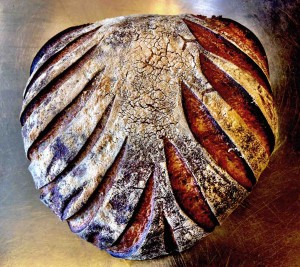



















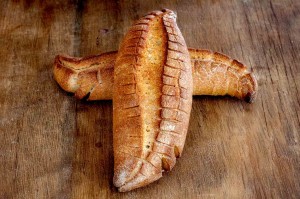



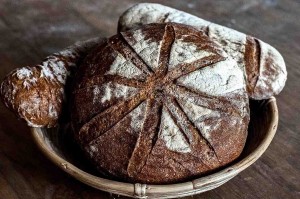
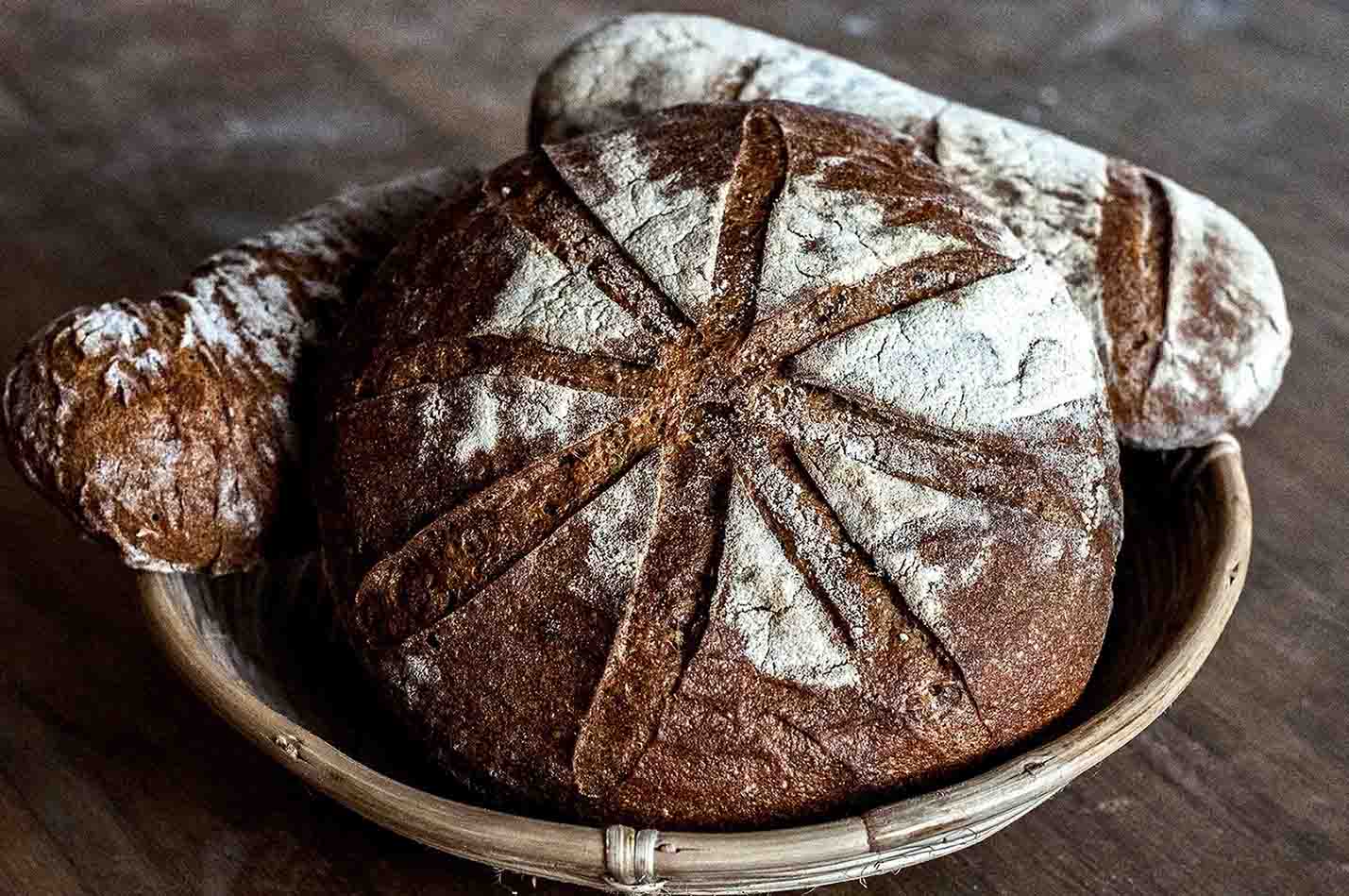
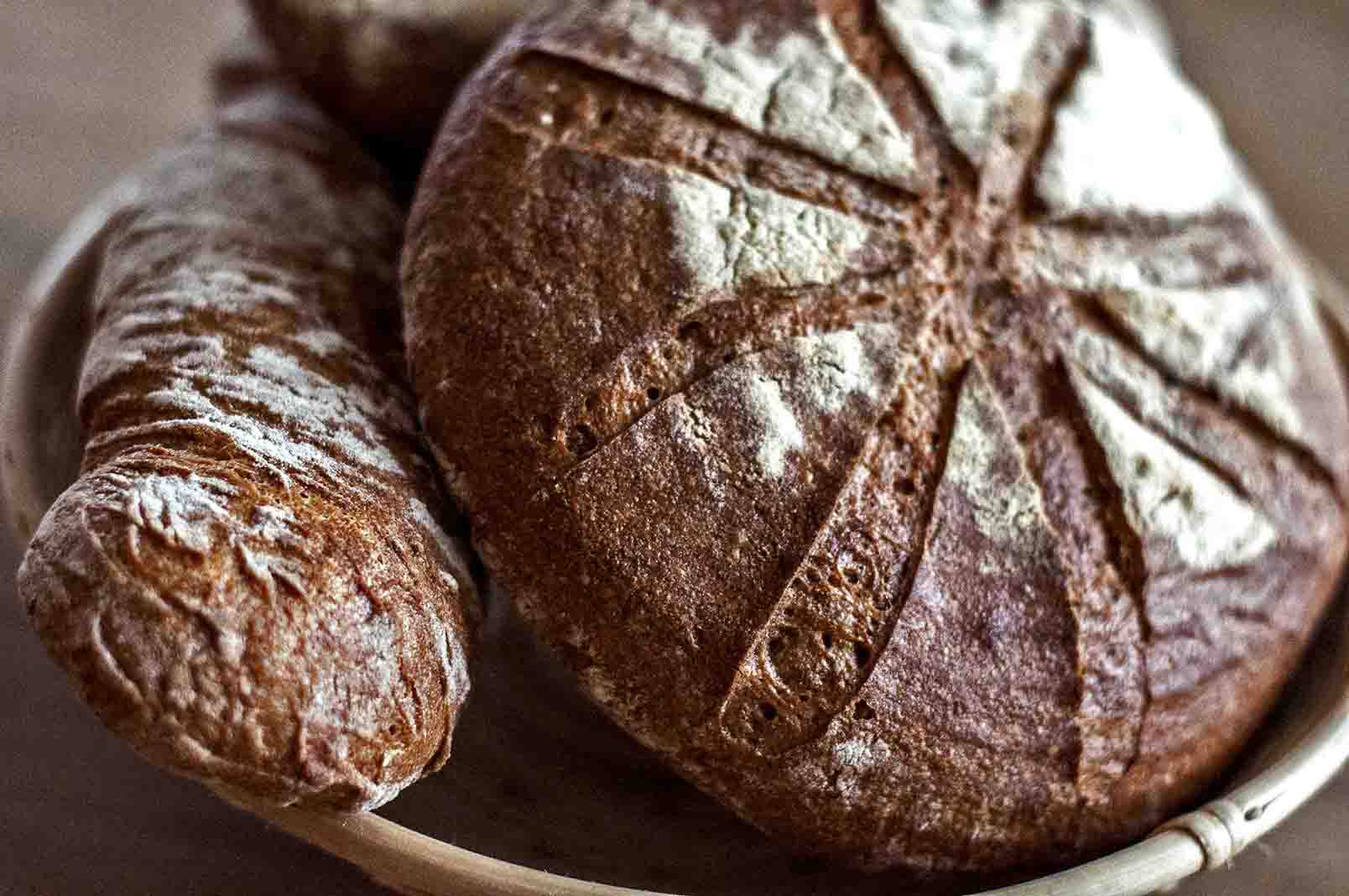
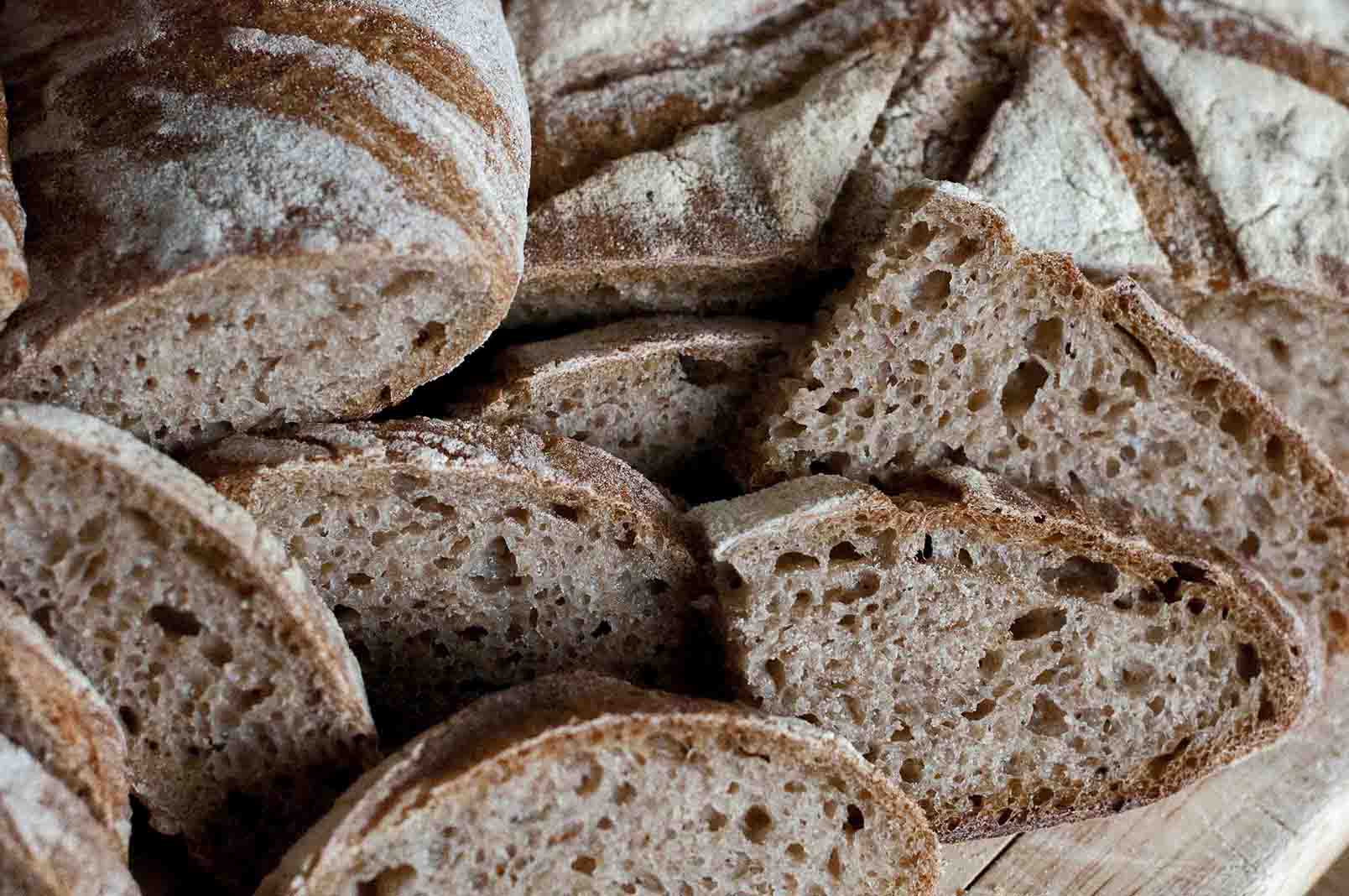
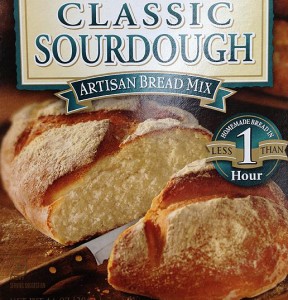
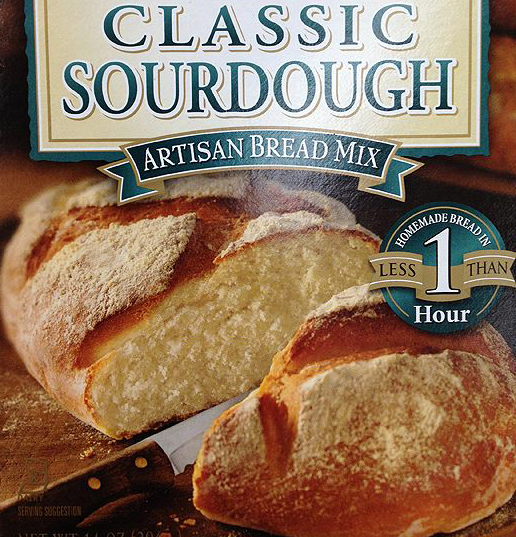
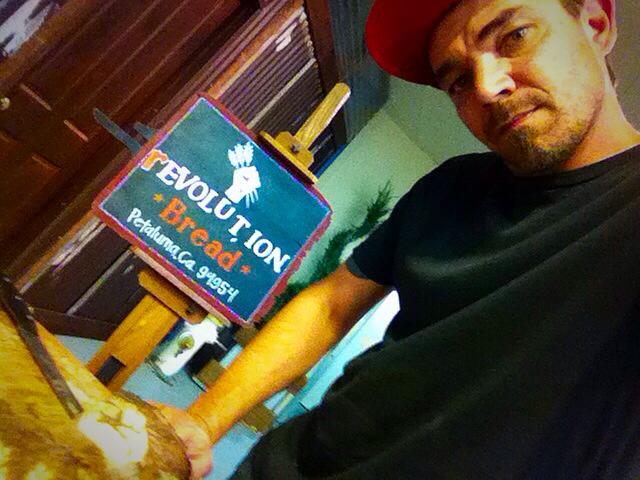
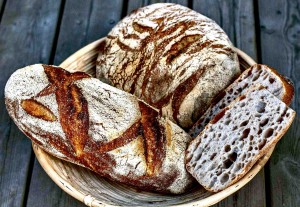
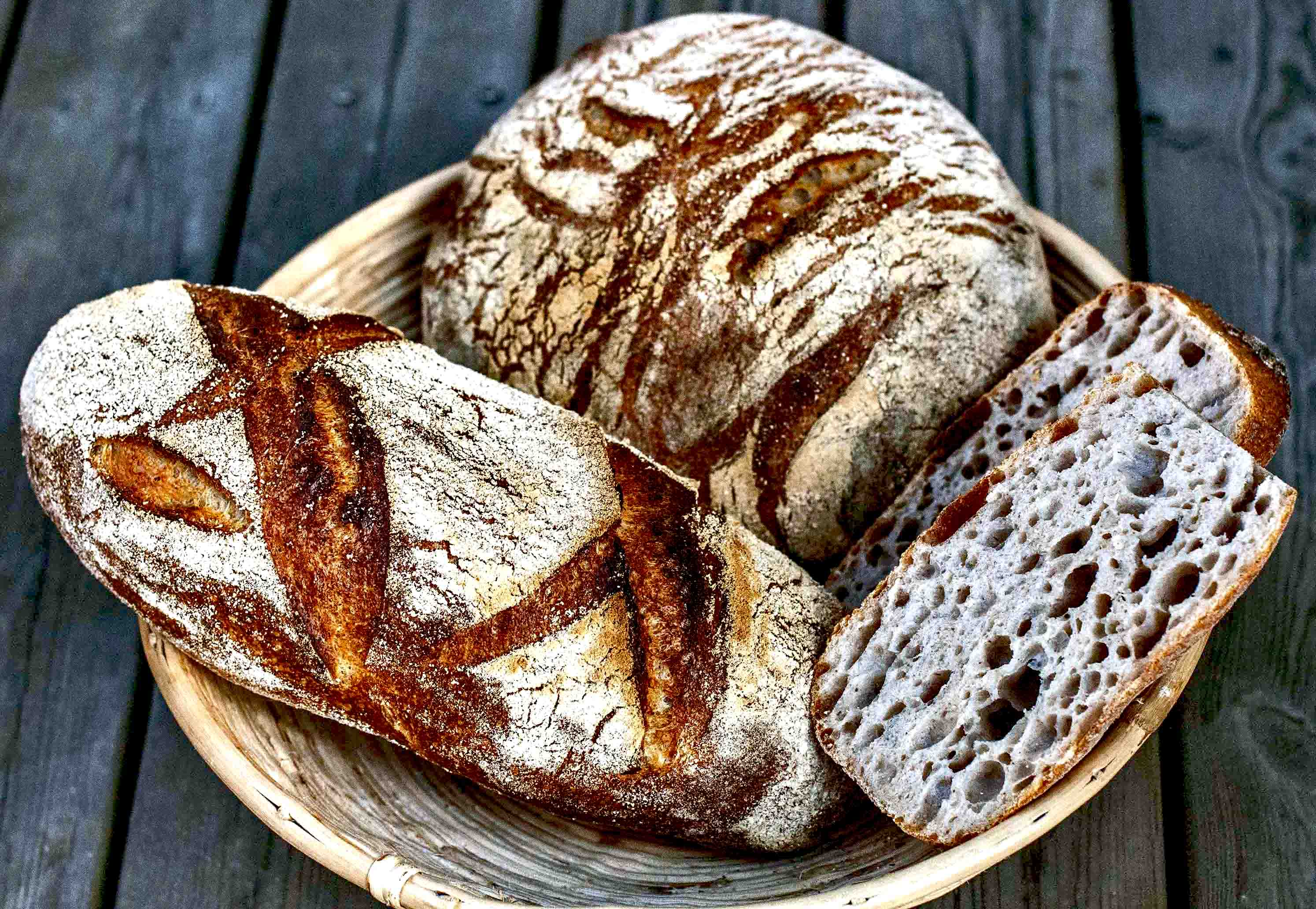
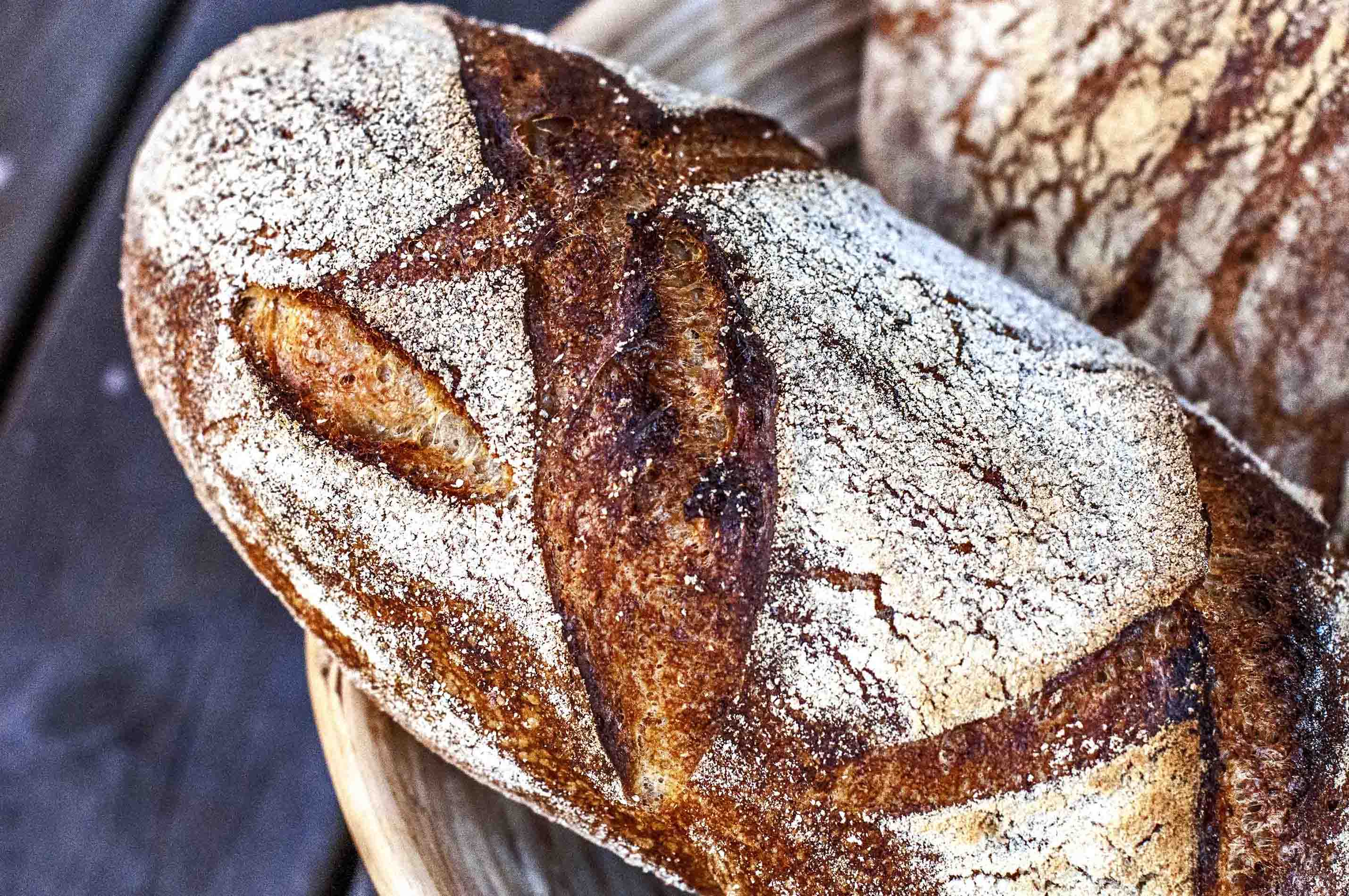
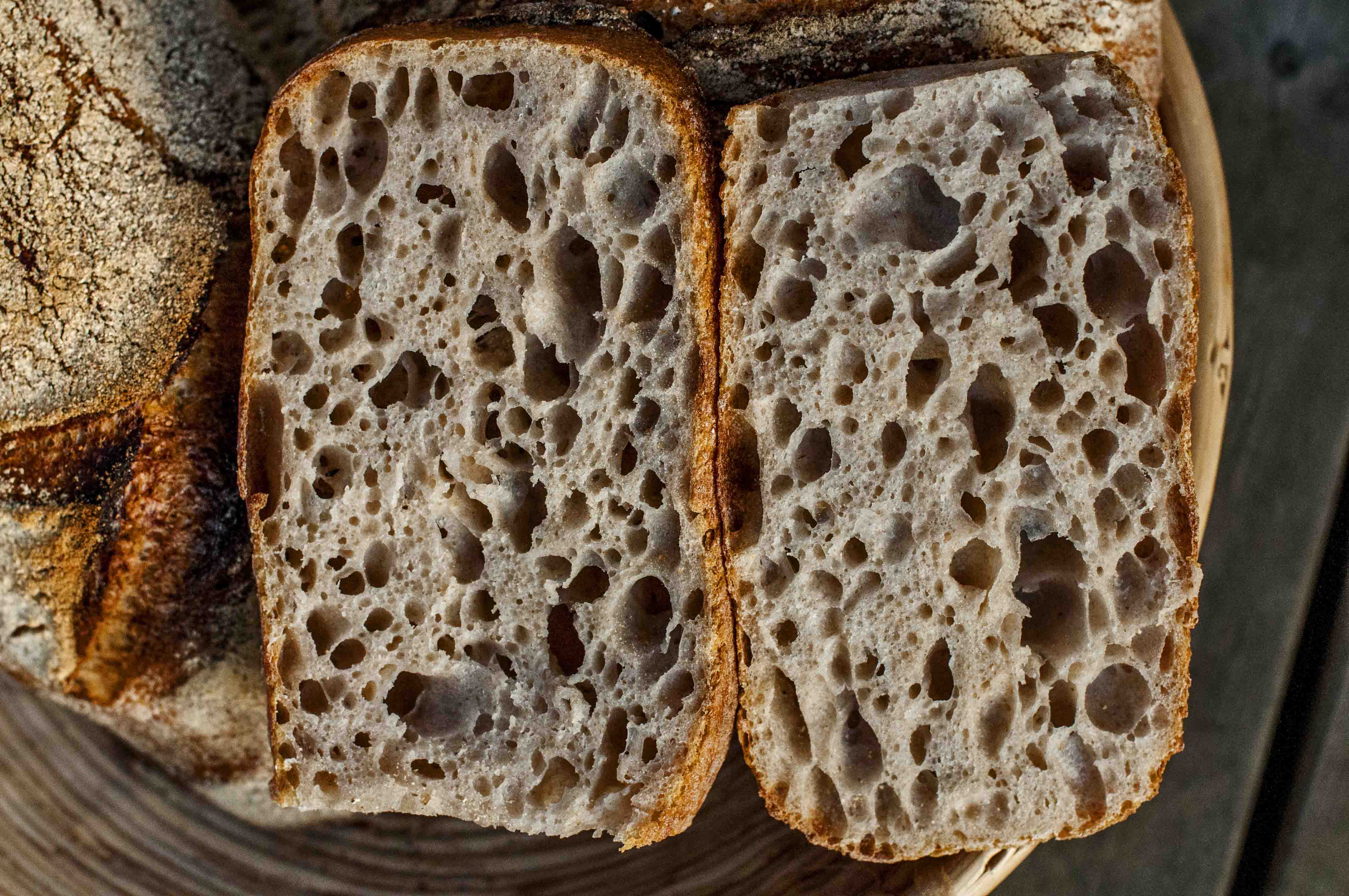


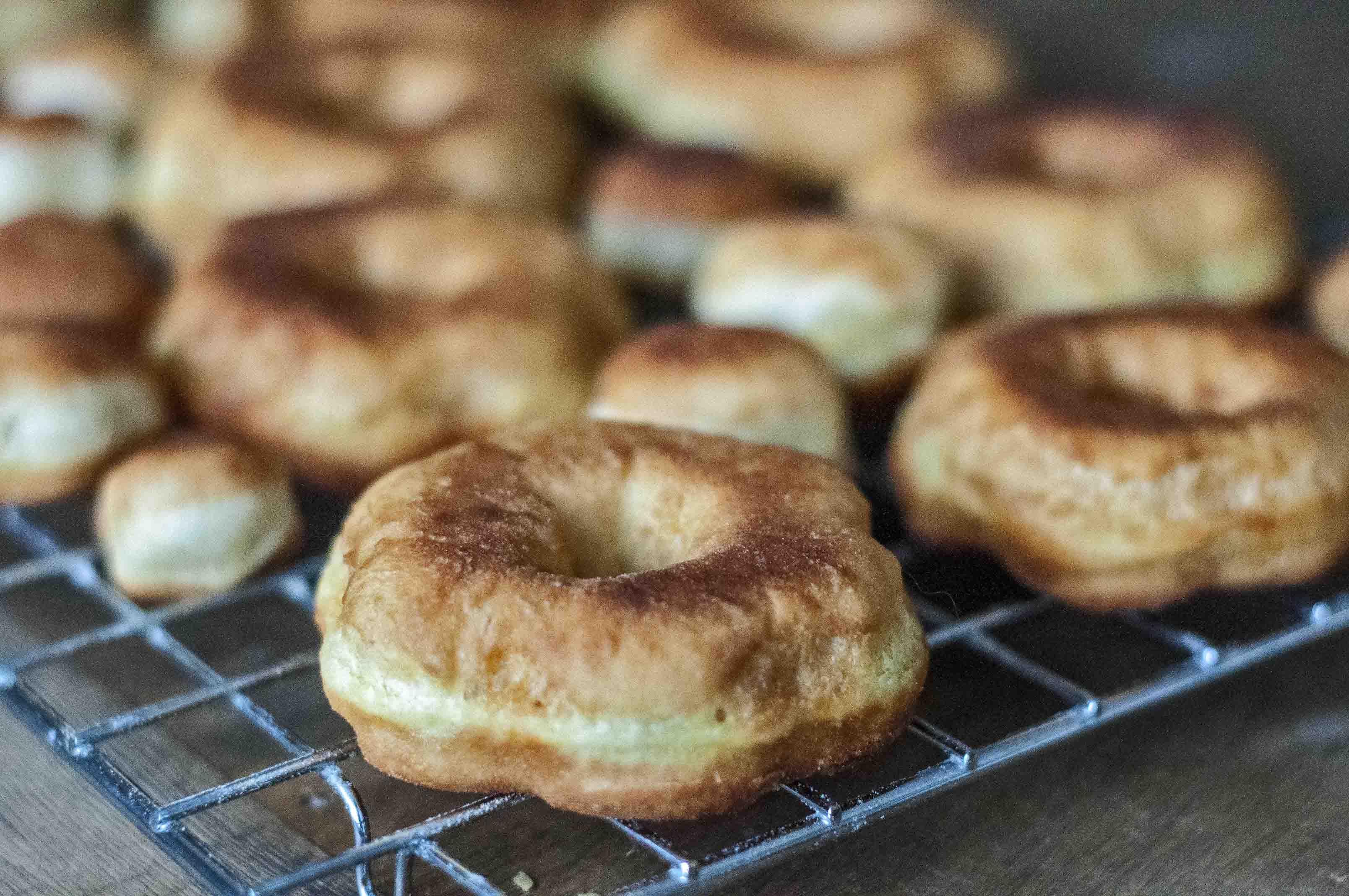
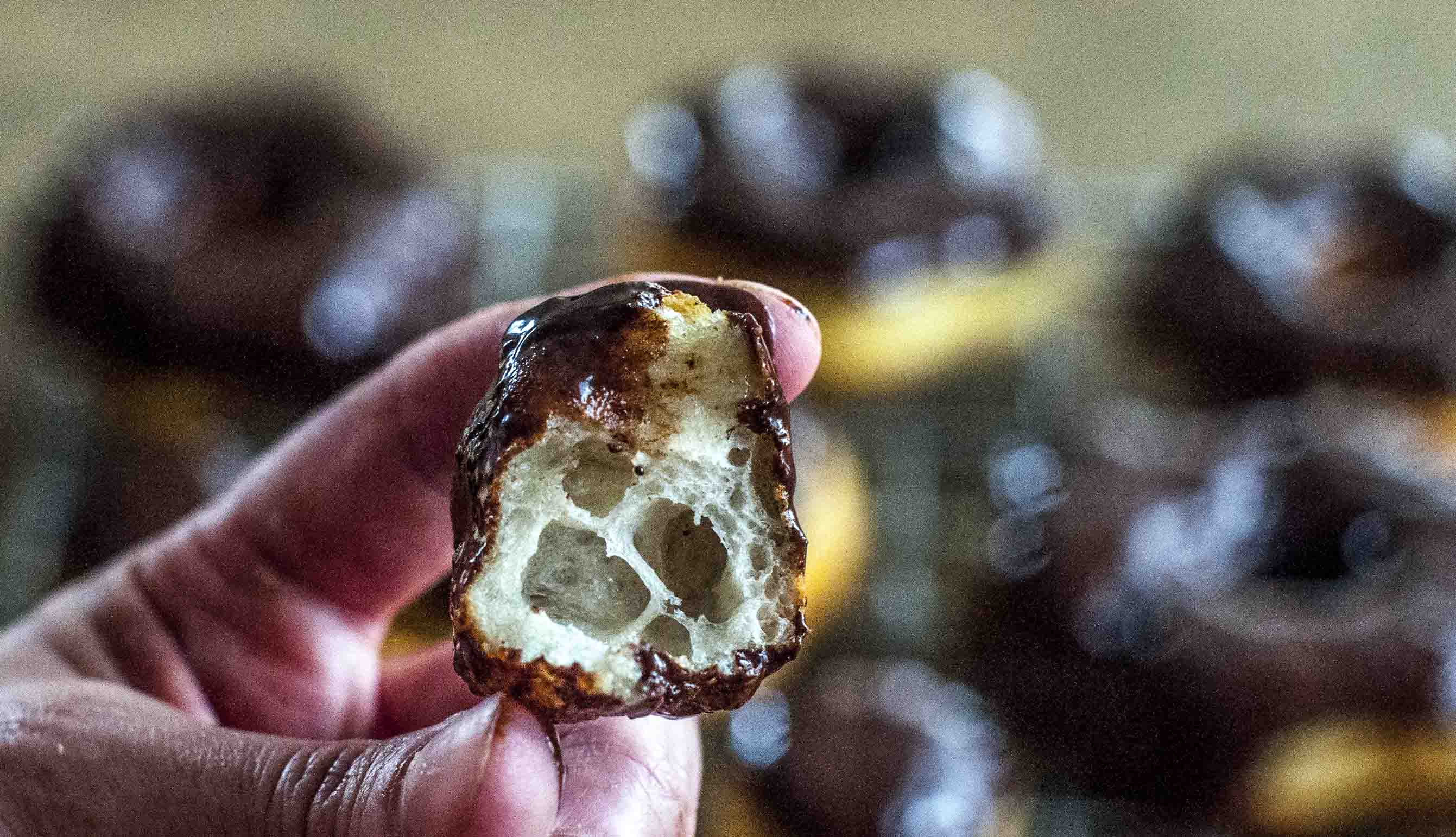
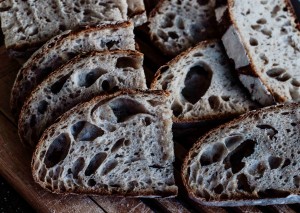
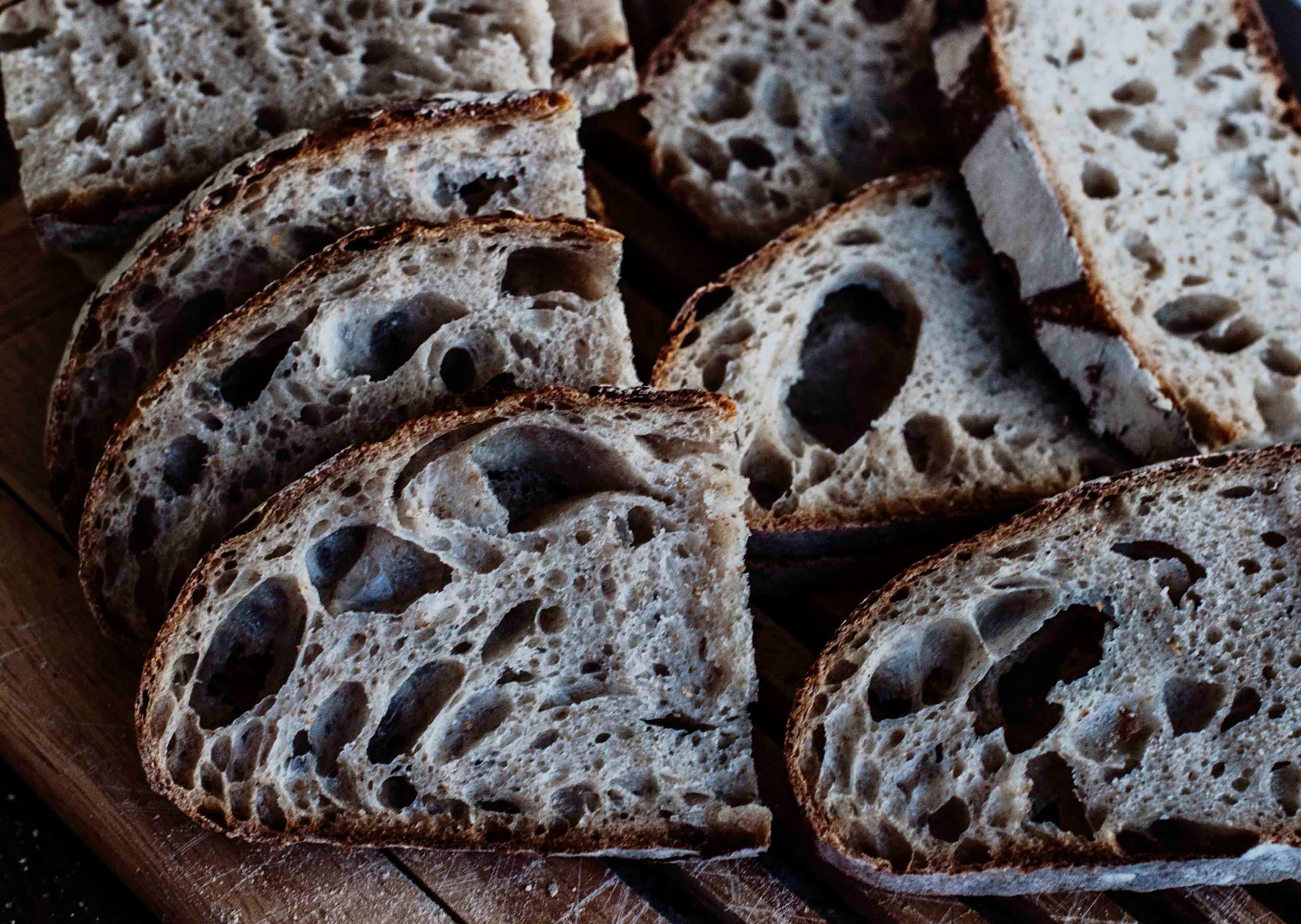

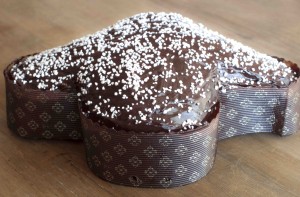
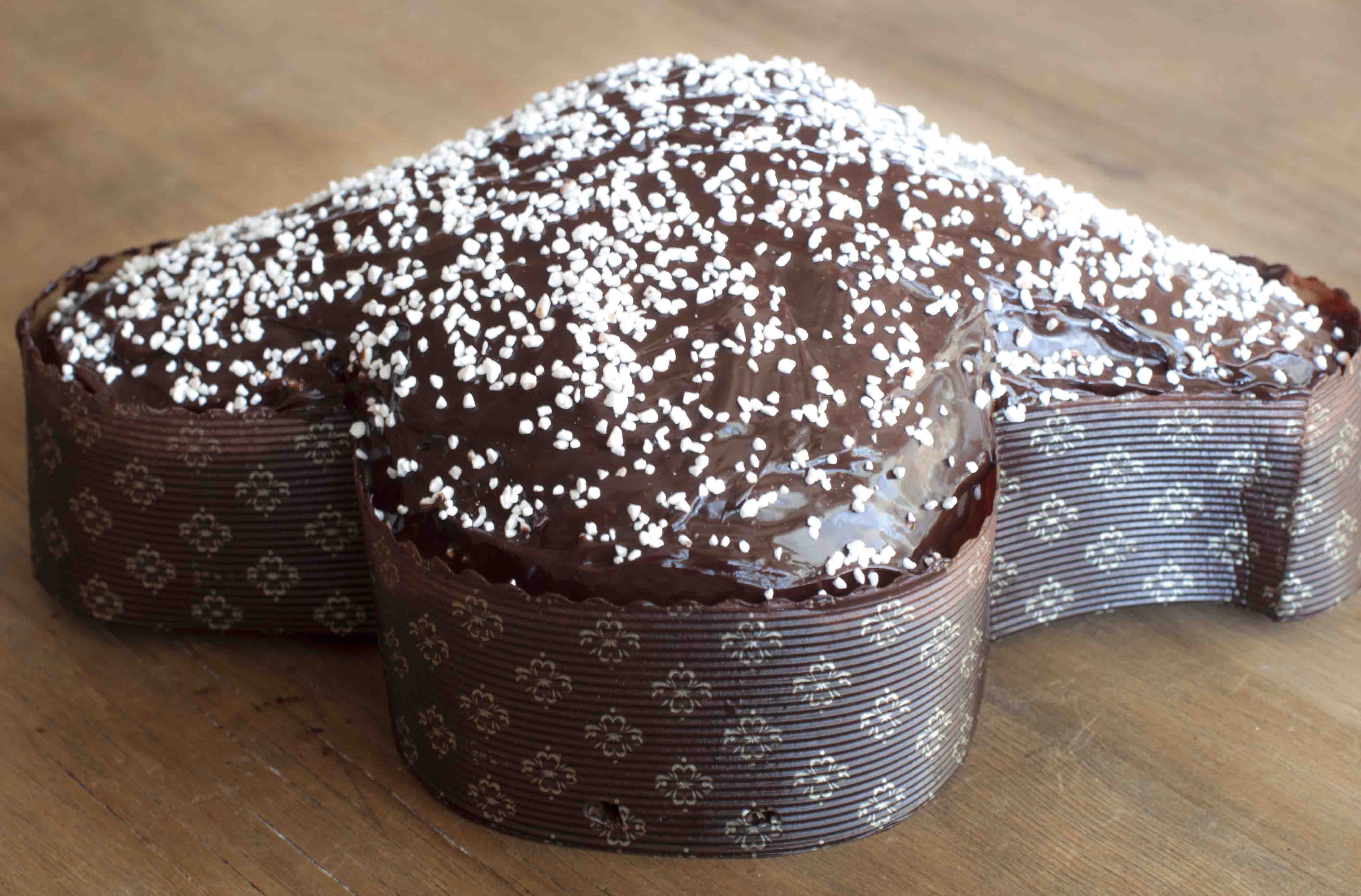
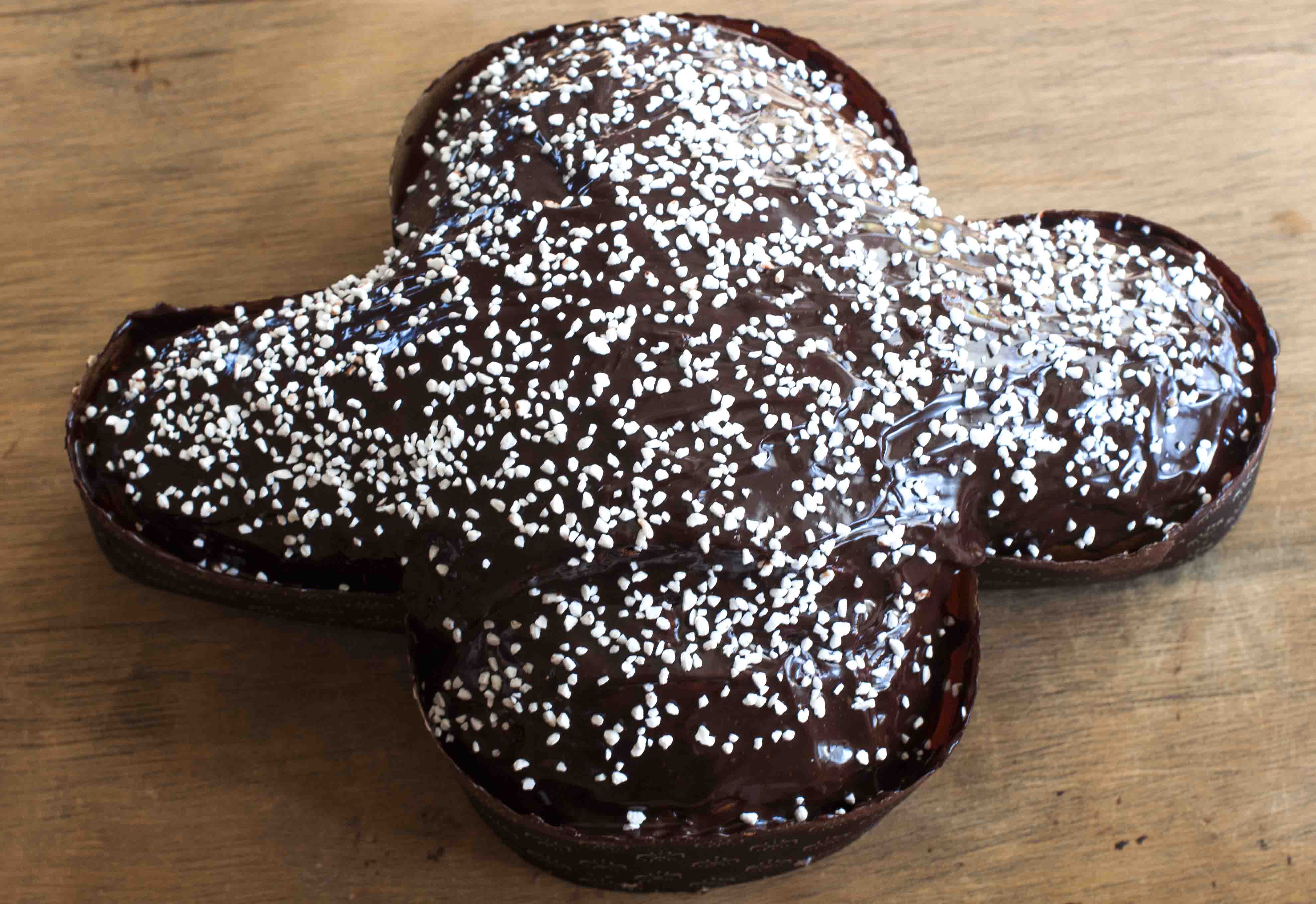
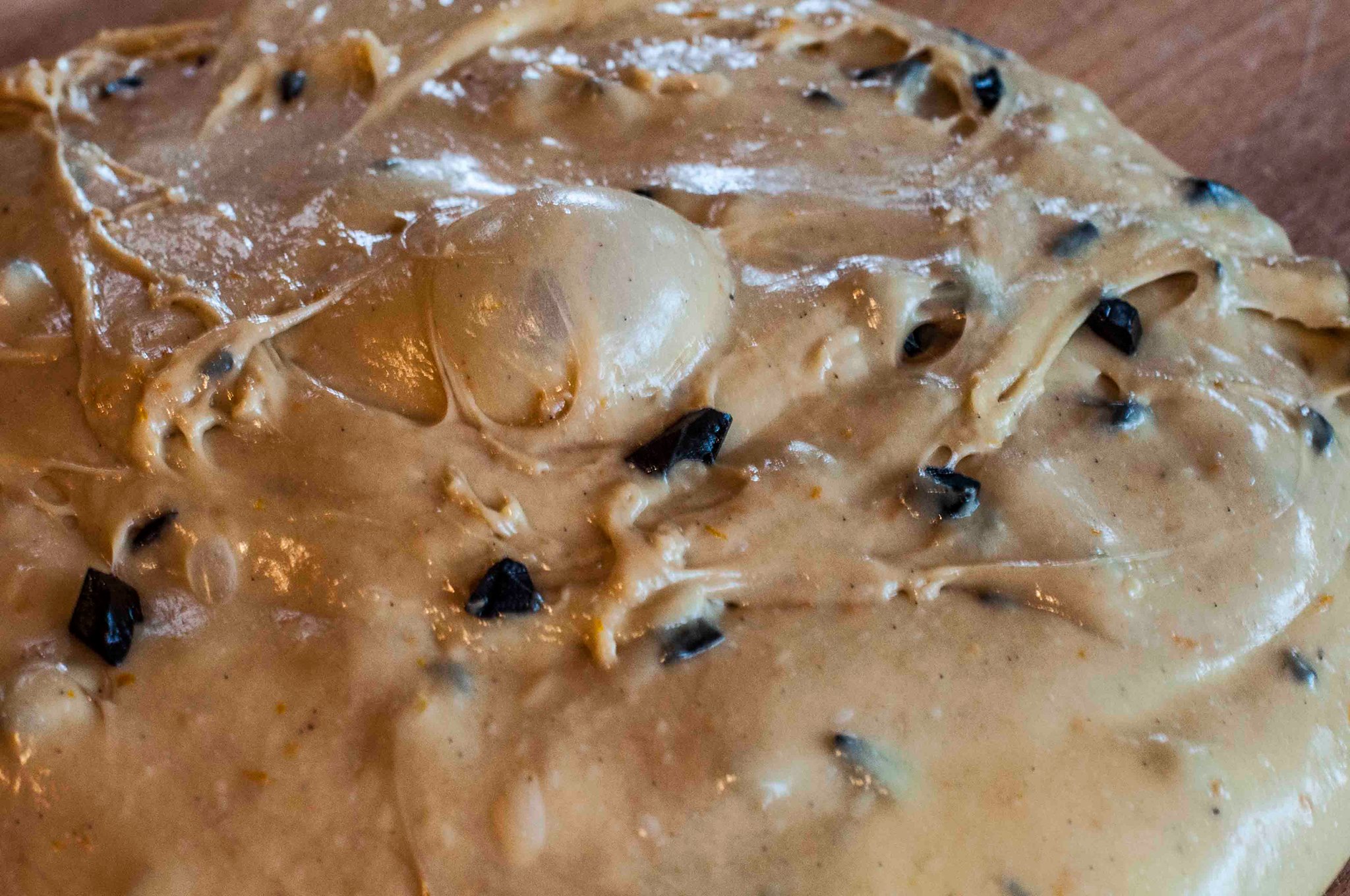
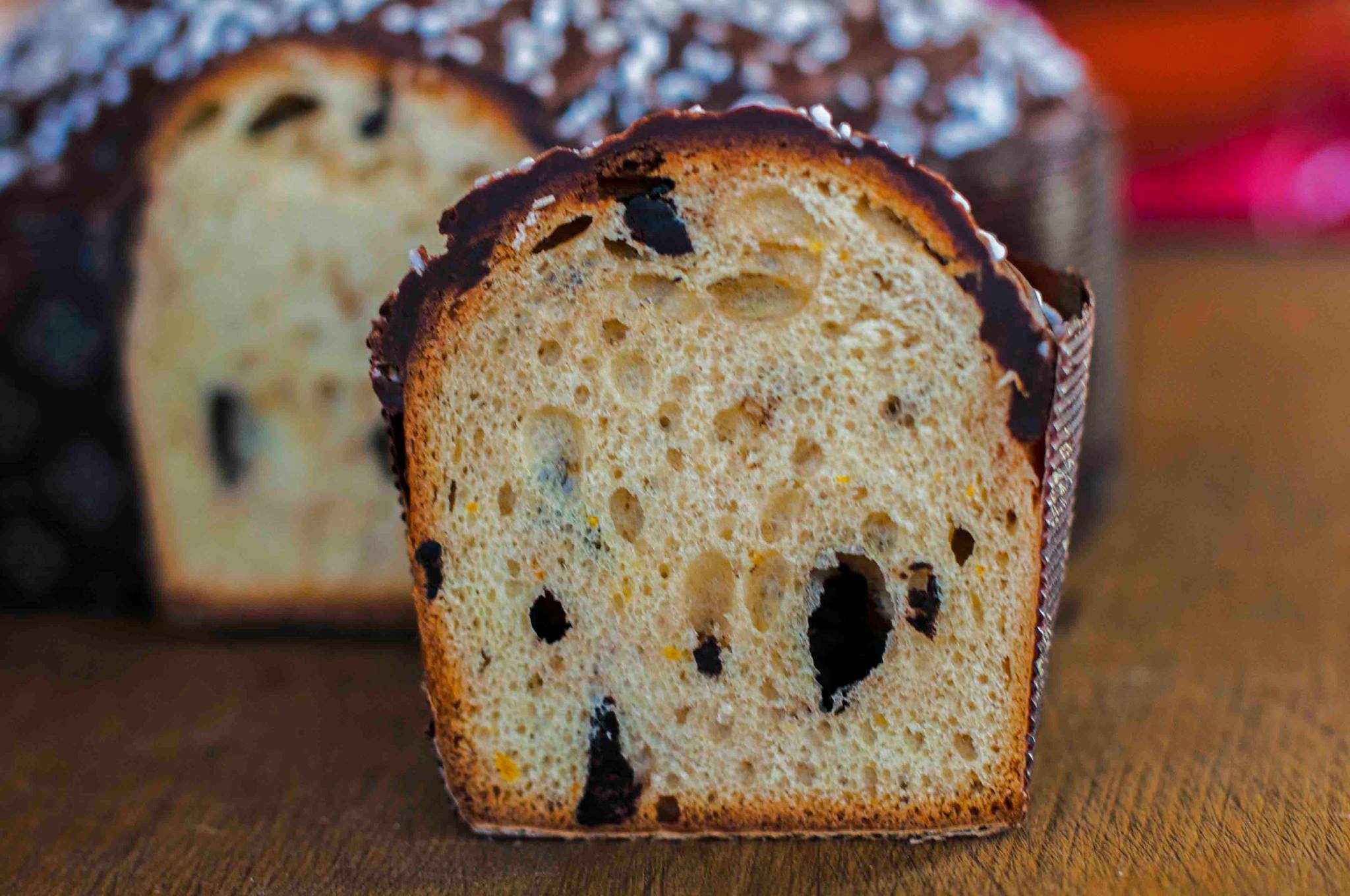
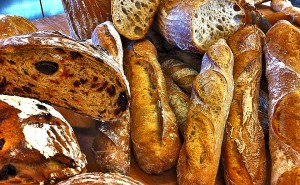
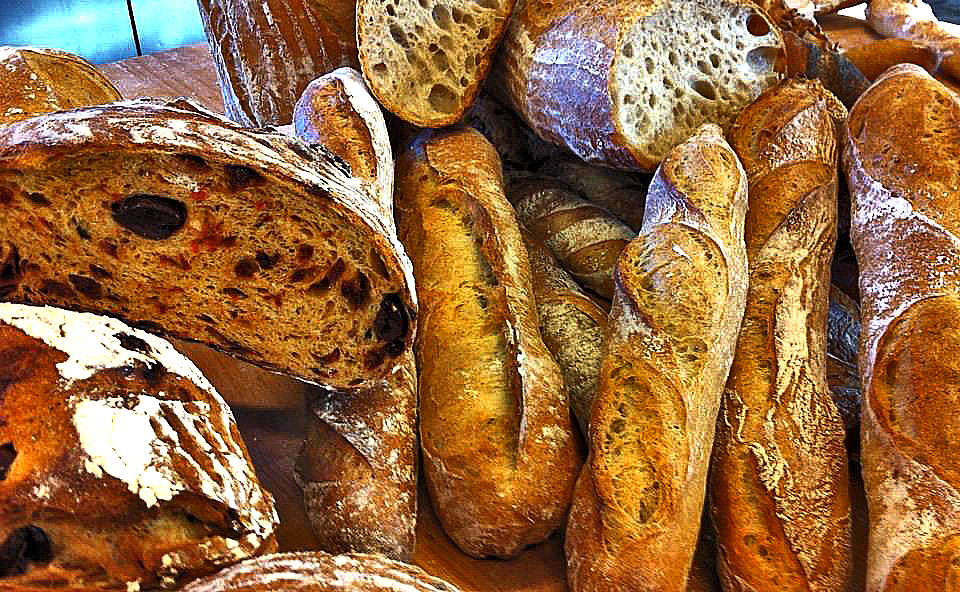
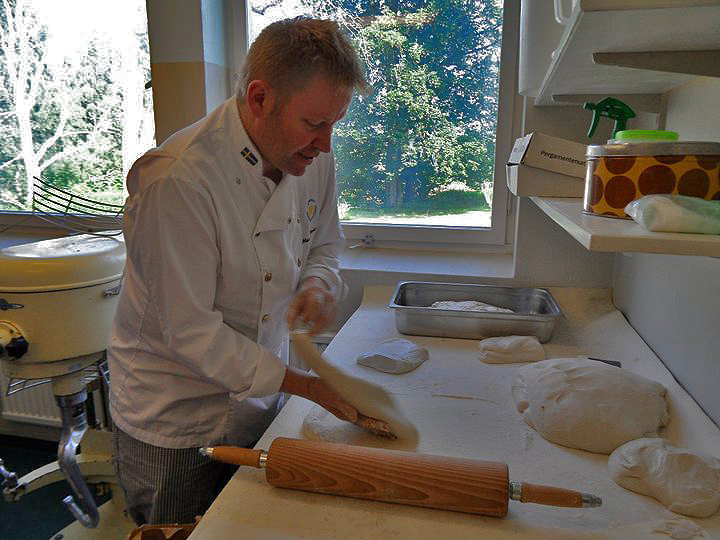
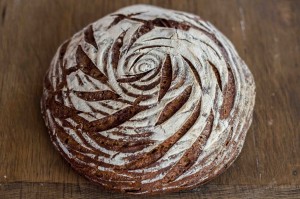


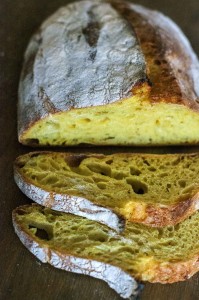
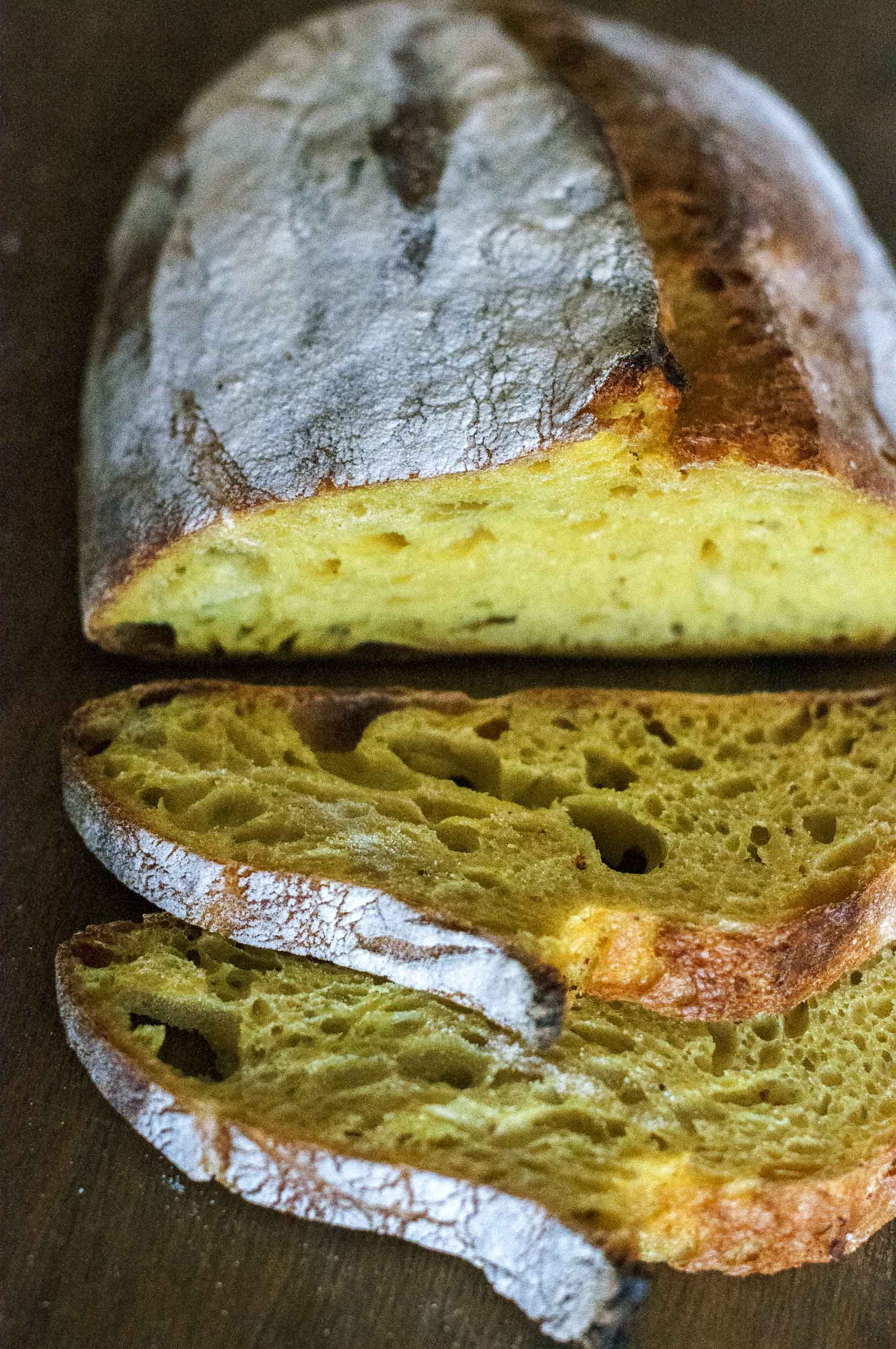

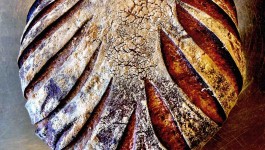
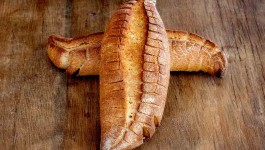
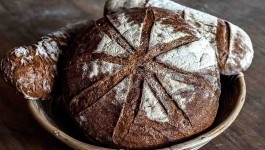
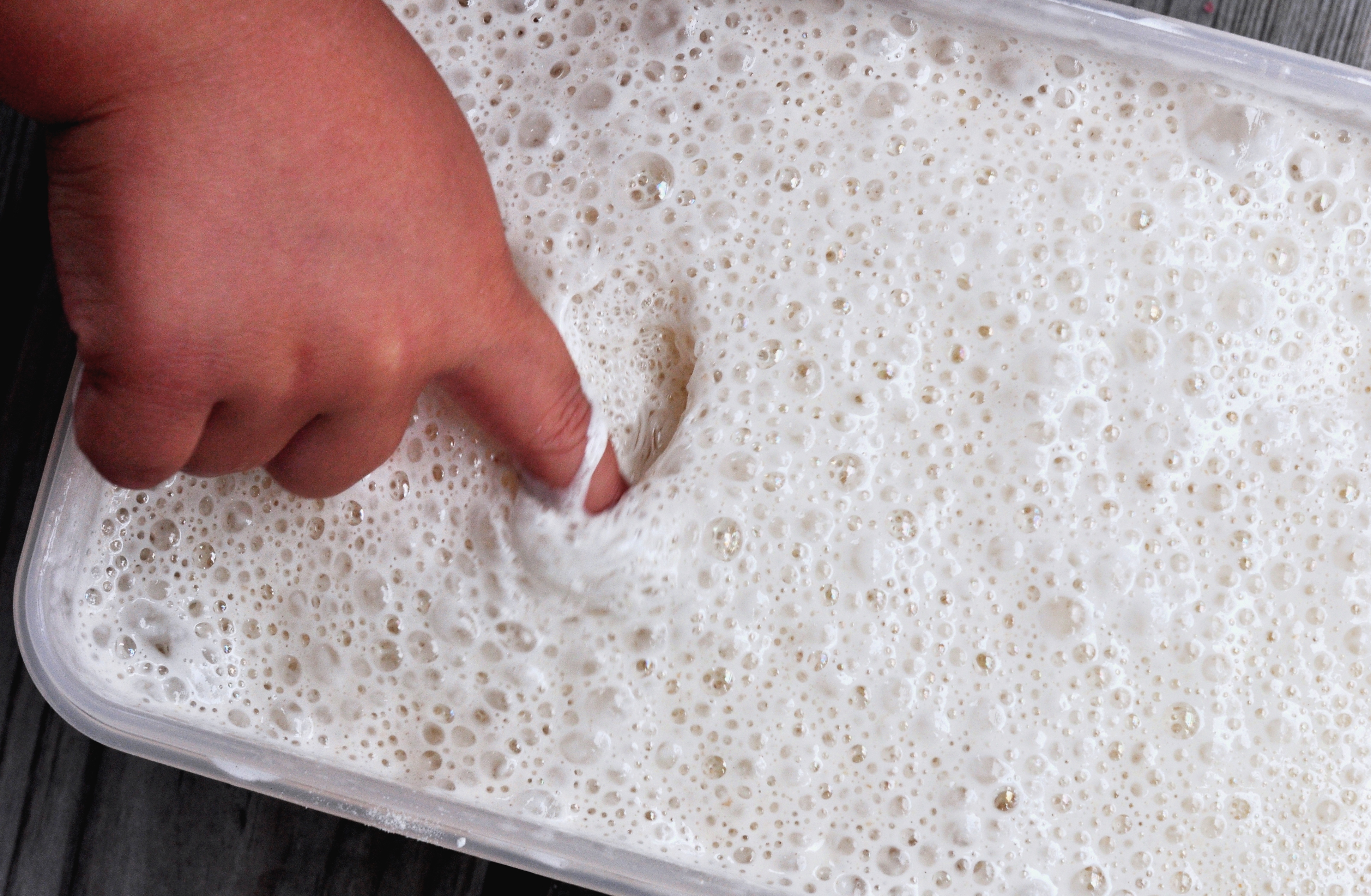



















Answer to Don: The “Holey” Bread That Fed Generations
Yes it’s true: we suddenly became all concerned about how many holes we can fit in our slice of bread. When I say “we” I refer obviously to bread nerds, but also to the wider audience of bread lovers, people who don’t necessarily know how to rise a loaf but who appreciate a slice or two (or three or four or a whole loaf) of good rustic sourdough with a moist and open crumb and a crunchy, thick, crust. This wider, somehow unaware, audience is what has made the success of bakeries like Tartine in US, and of similar bakeries happily flourished all over the globe. (Above: Home-milled/home-sifted/home-baked 50% whole wheat sourdough)
[Read more…]